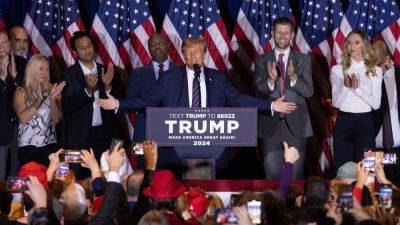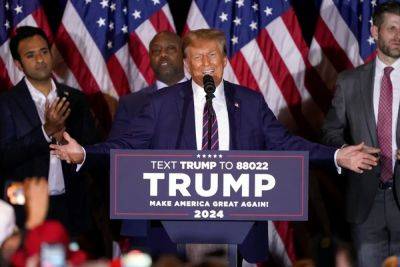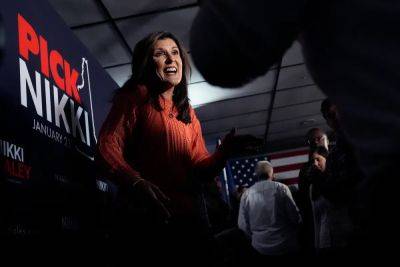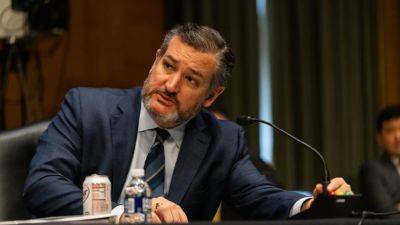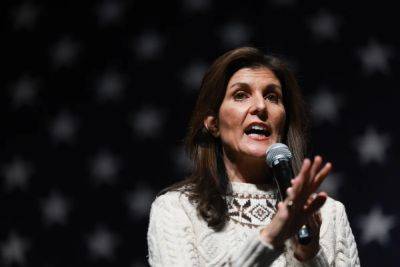Do Political Ads Even Matter Anymore?
In a presidential election year, no glowing rectangle in Iowa or New Hampshire is safe from an endless deluge of political ads.
Campaign ads are inescapable on the nightly news, “Wheel of Fortune” and YouTube. Even the high-dollar, high-visibility ad blocks of professional and college football games have become increasingly saturated.
It’s a deeply entrenched multimillion-dollar industry, and one of the largest expenses of every presidential campaign. But a confluence of political forces and changing media behavior may be testing the efficacy of political advertising in the Trump era.
Nikki Haley and her allied super PAC spent roughly $28 million on broadcast ads in Iowa, according to AdImpact, an ad-tracking firm. Gov. Ron DeSantis and his allies spent $25 million. Trump and his super PAC spent only $15 million — and won by more than 30 points.
As my colleagues Michael Bender and Katie Glueck reported, that result showed a new depth to the Republican Party’s devotion to Trump. But it also suggests that a smaller universe of persuadable voters and a wholesale shift in viewing habits may have significantly undercut the impact of political advertising.
According to Cross Screen Media, an ad analytics firm, only 63 percent of Iowa Republicans are reachable with traditional or “linear” TV ads, as viewers switch to streaming and social media. In 2016, that percentage was still in the 90s. At most, Republican campaigns this year reached 42 percent of likely caucus voters.


